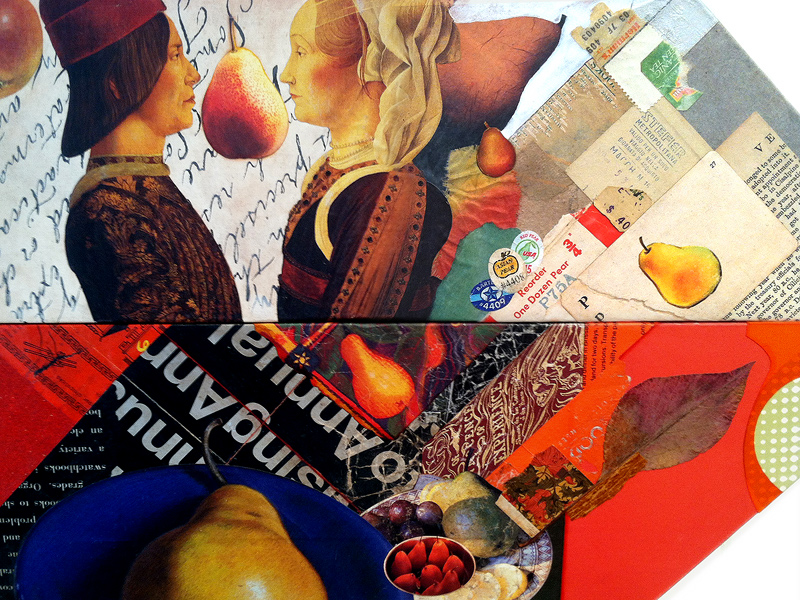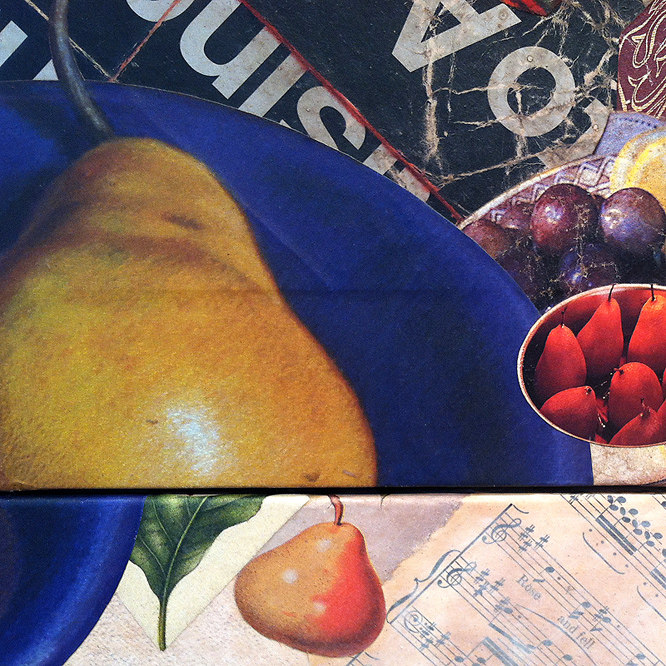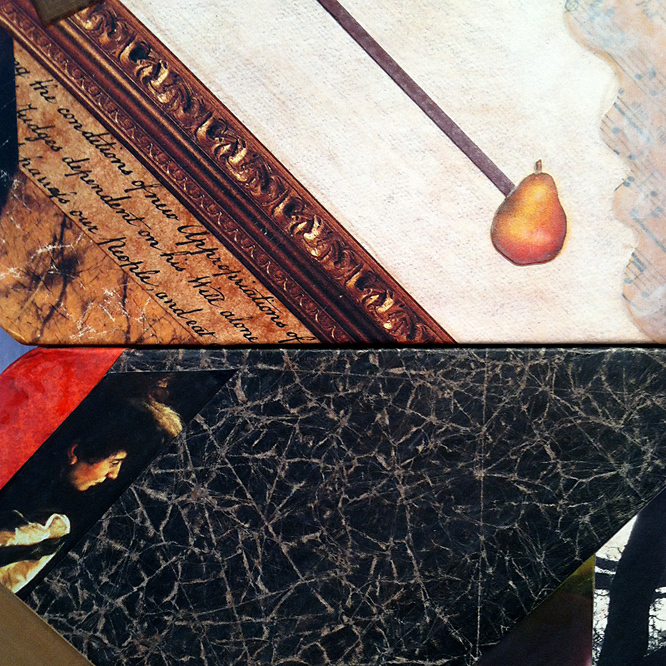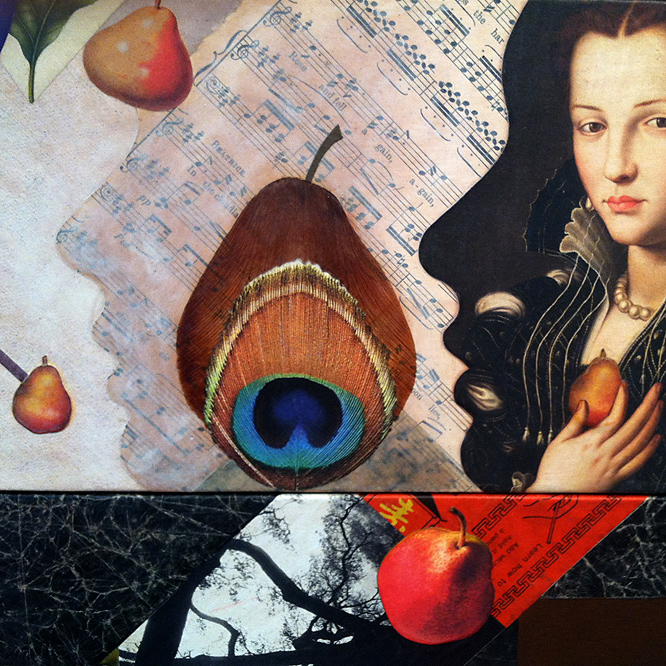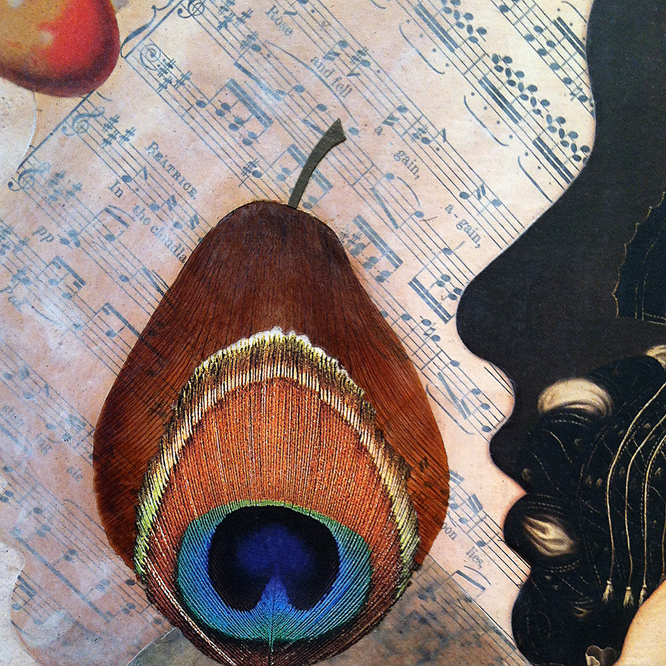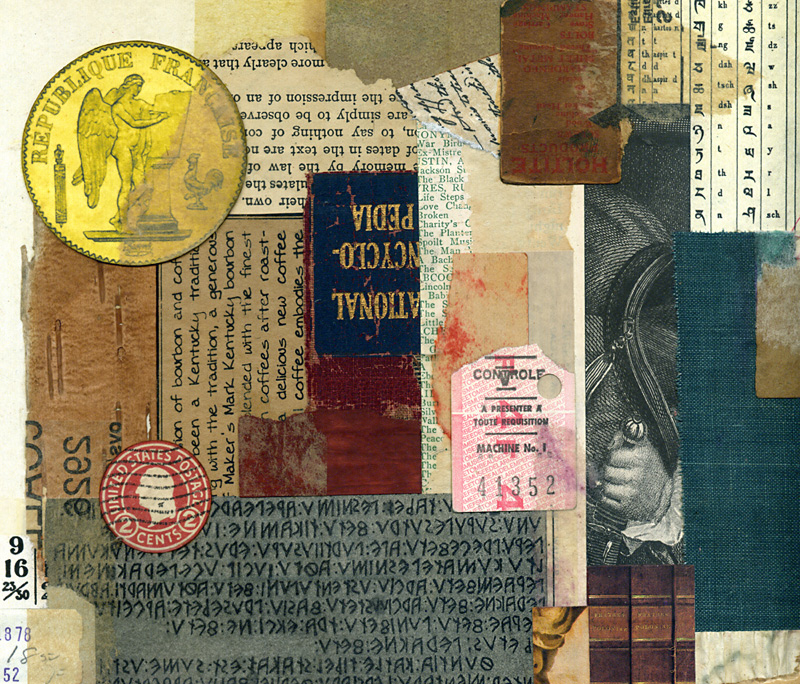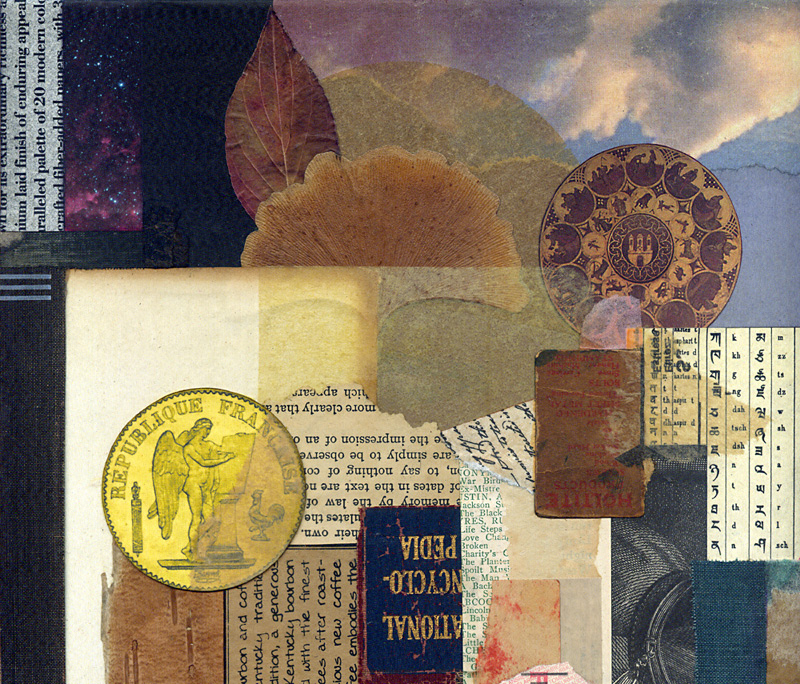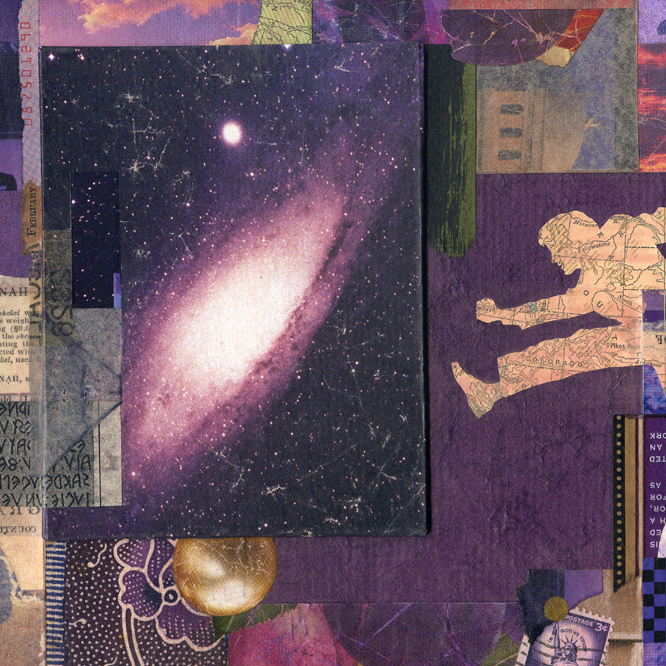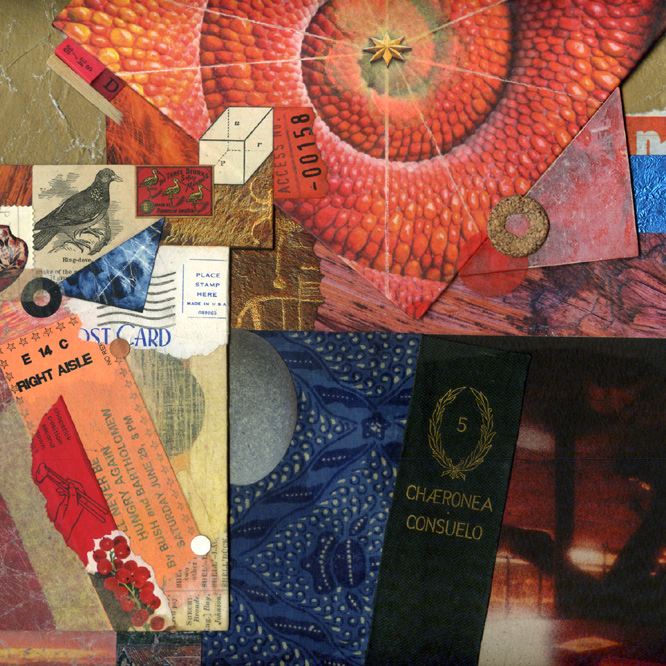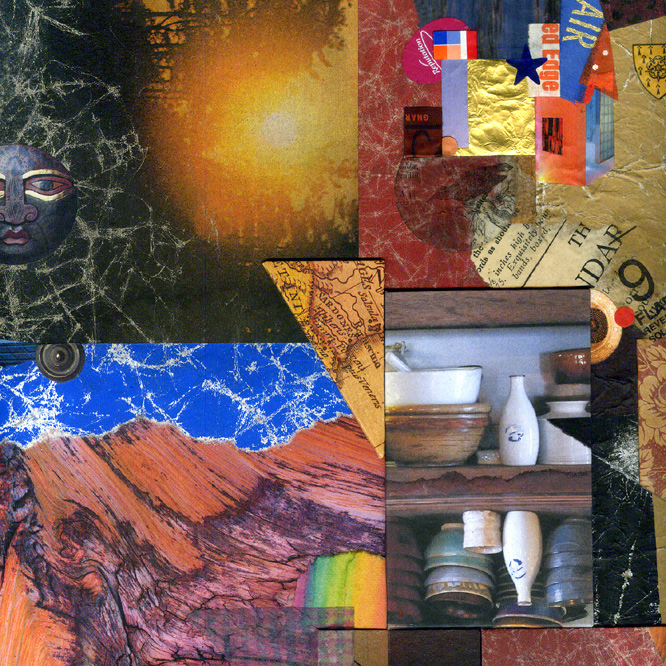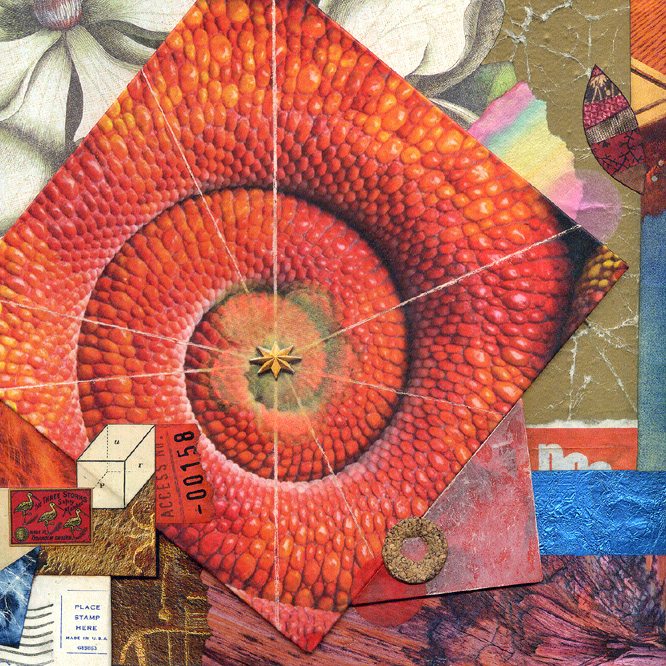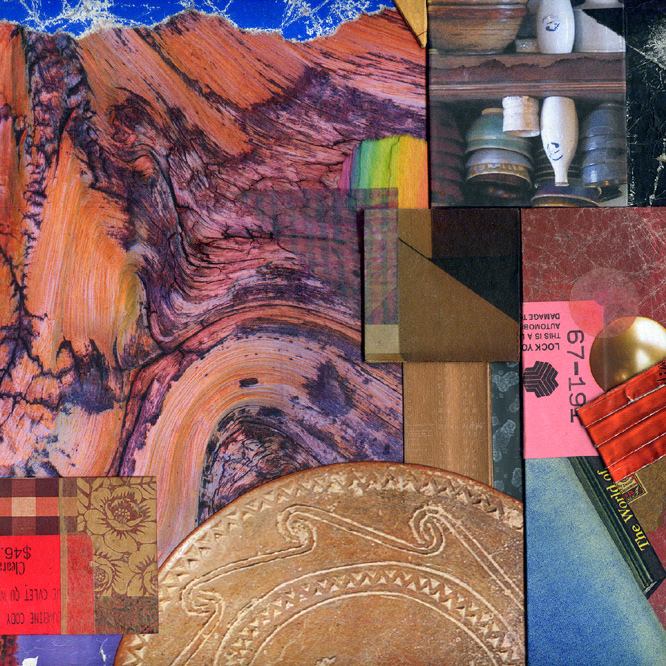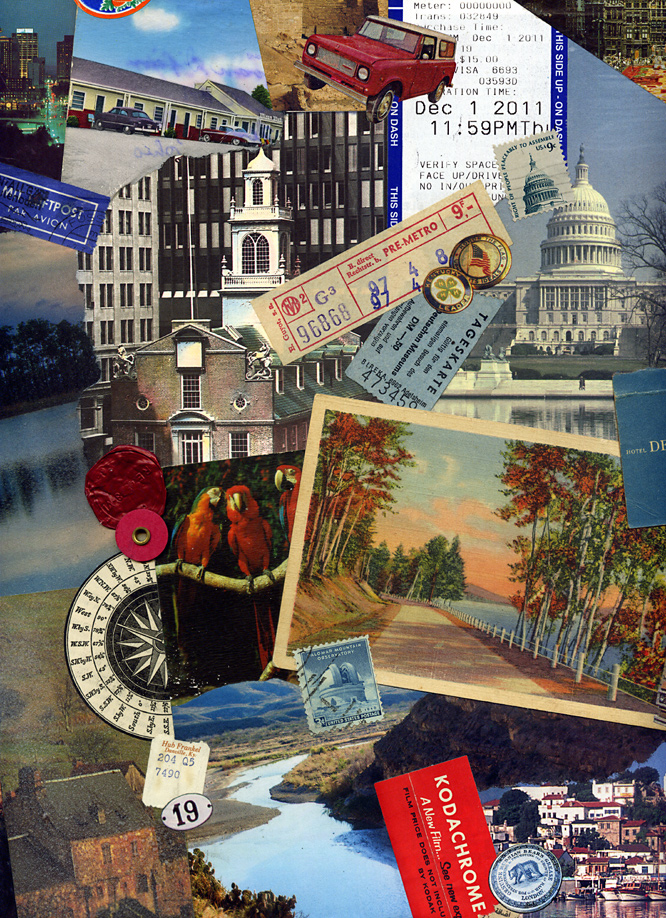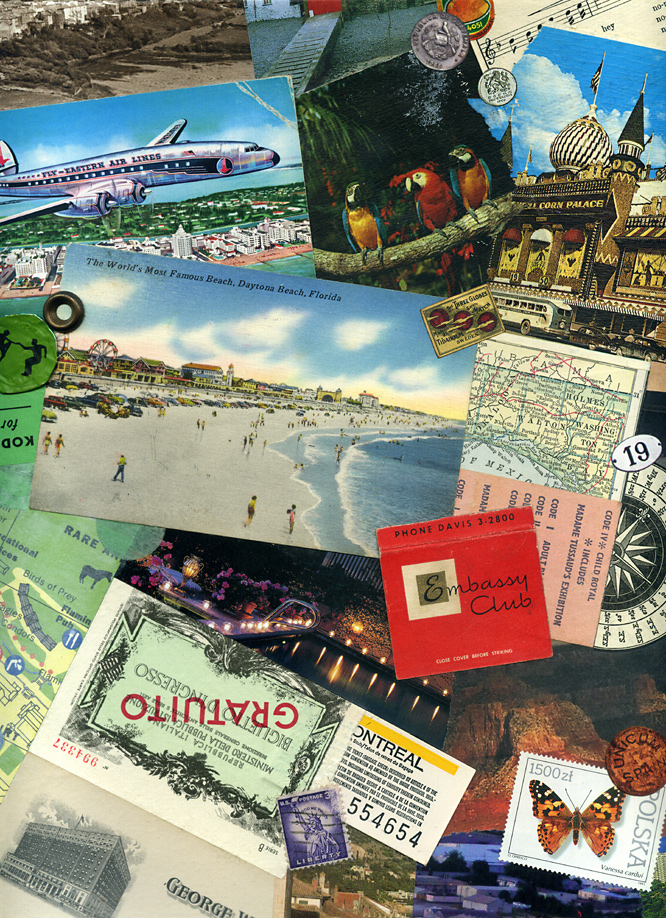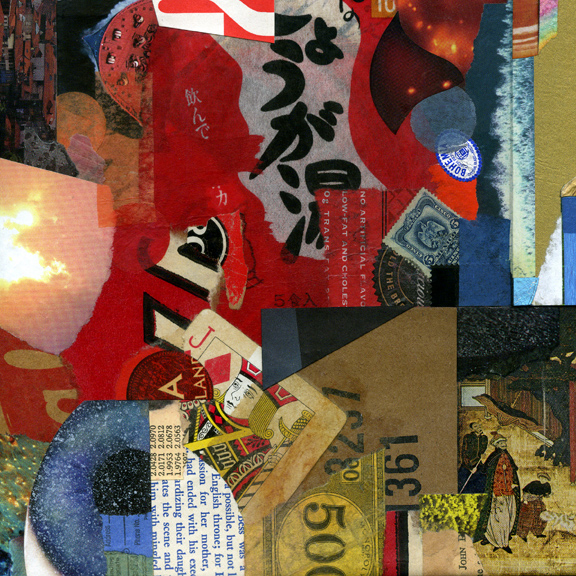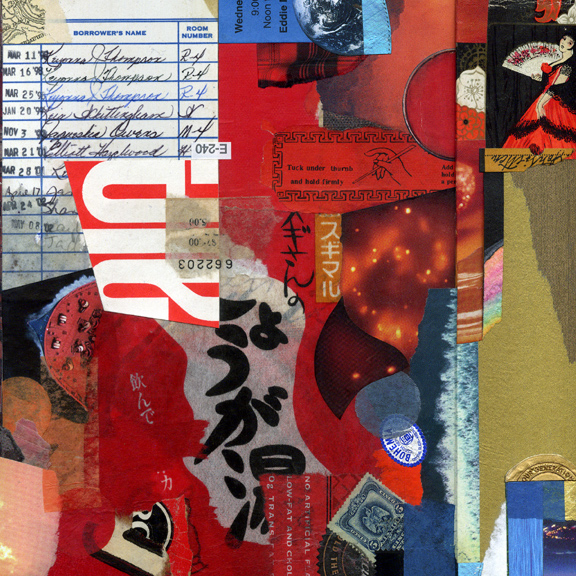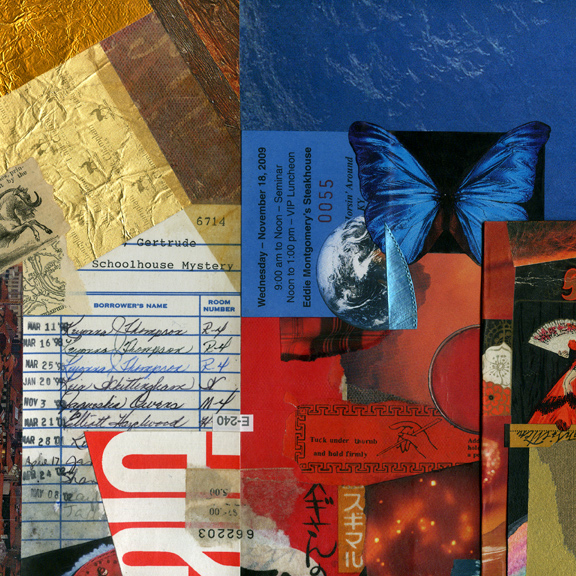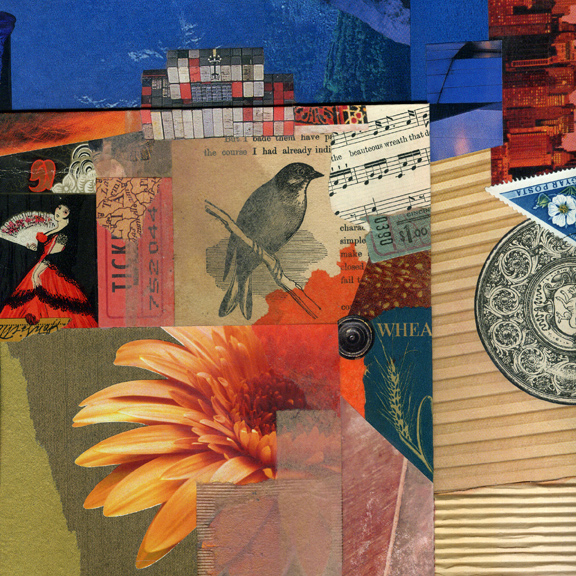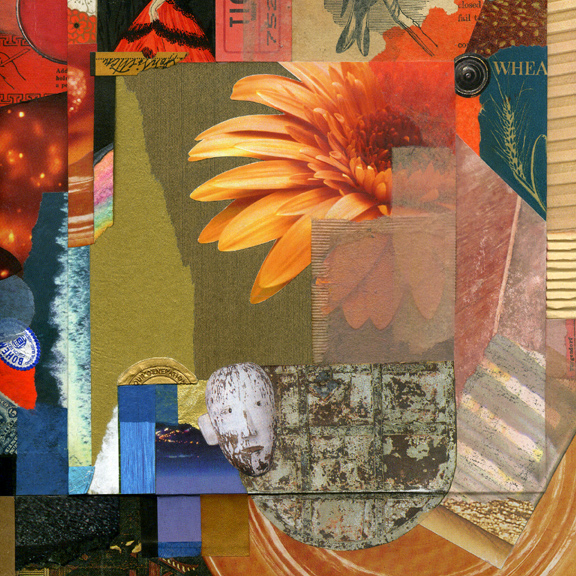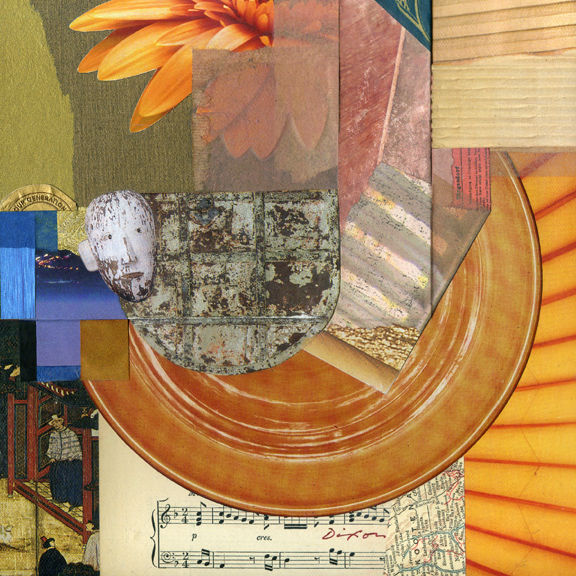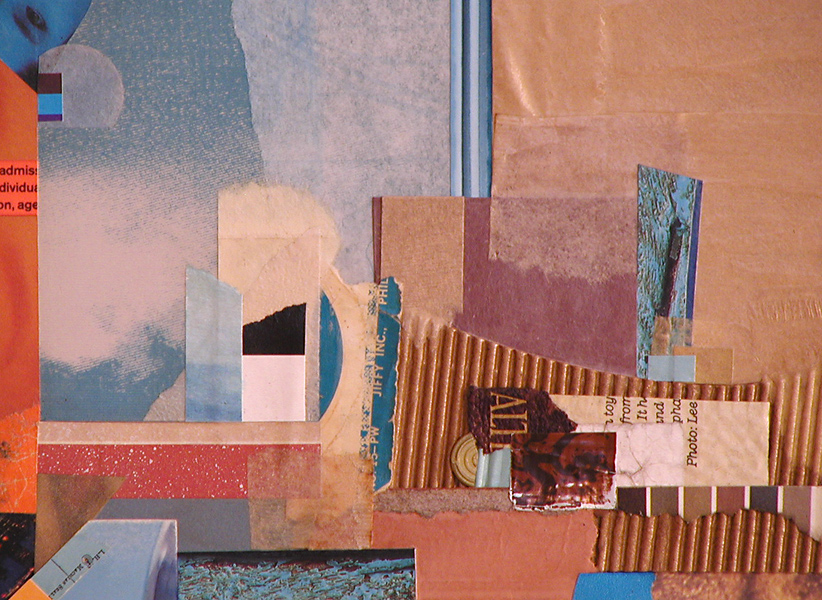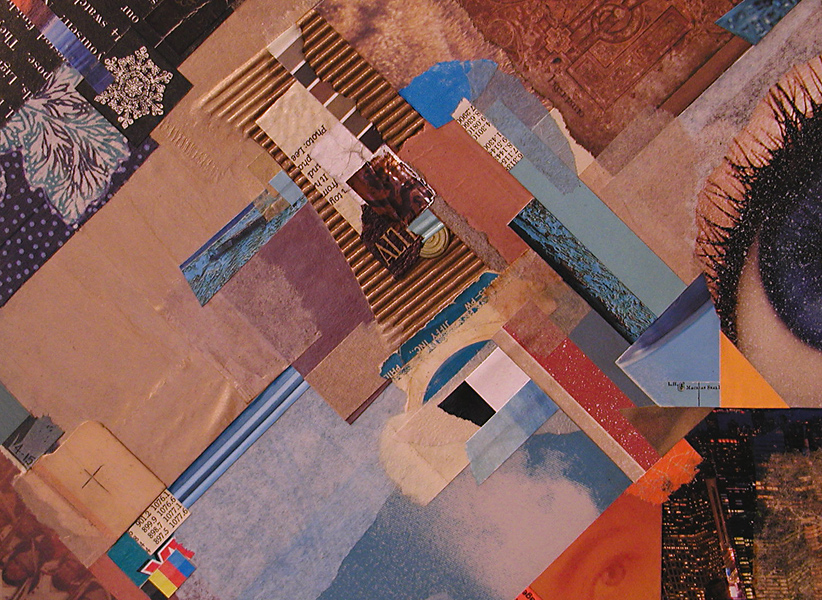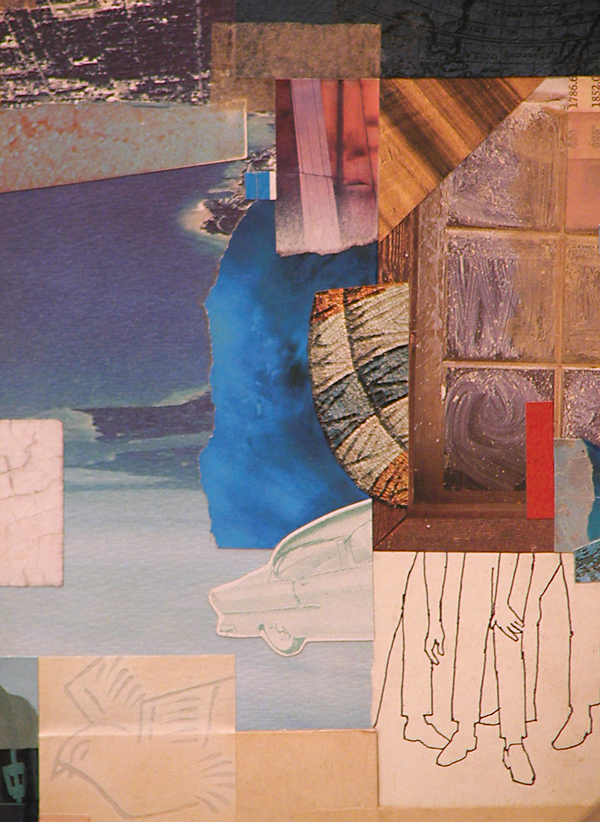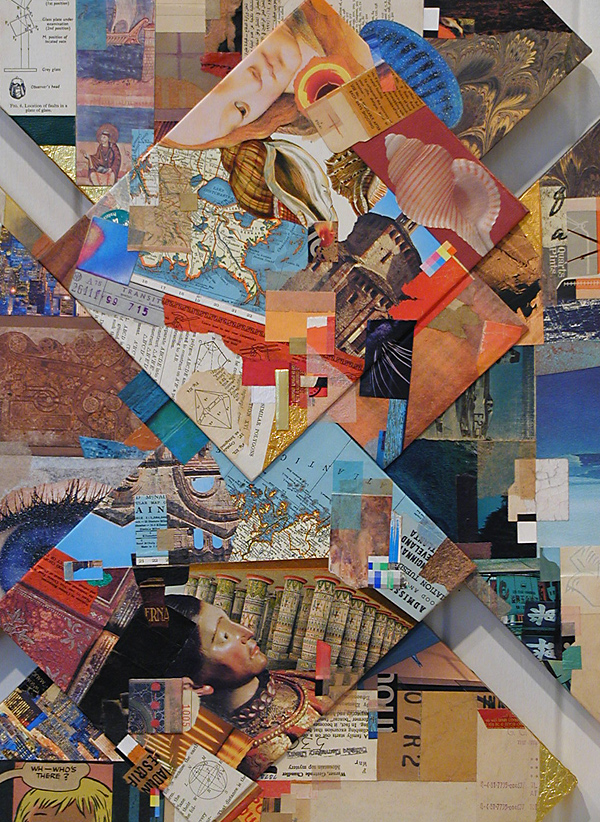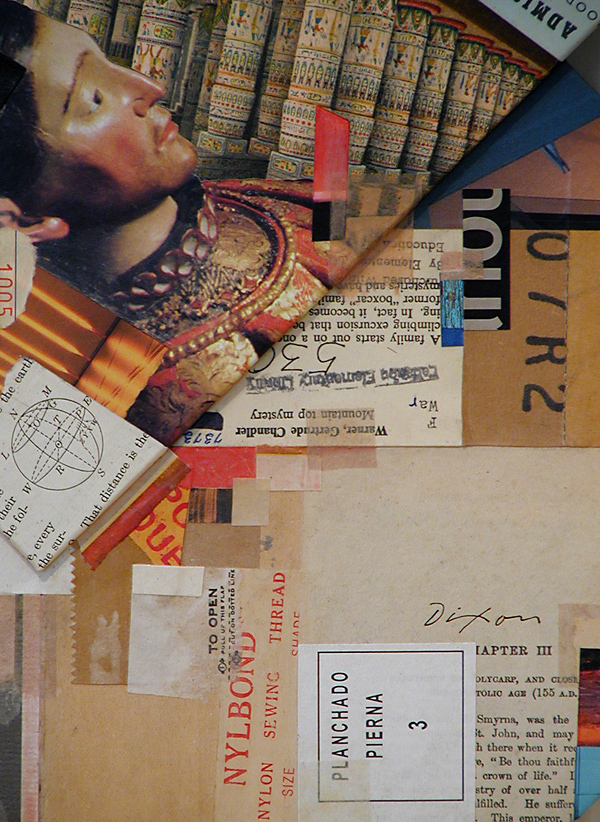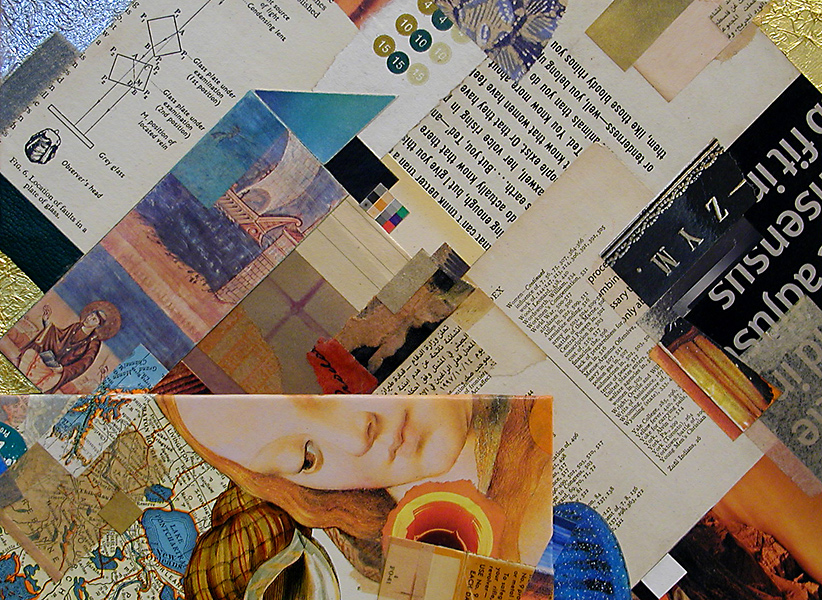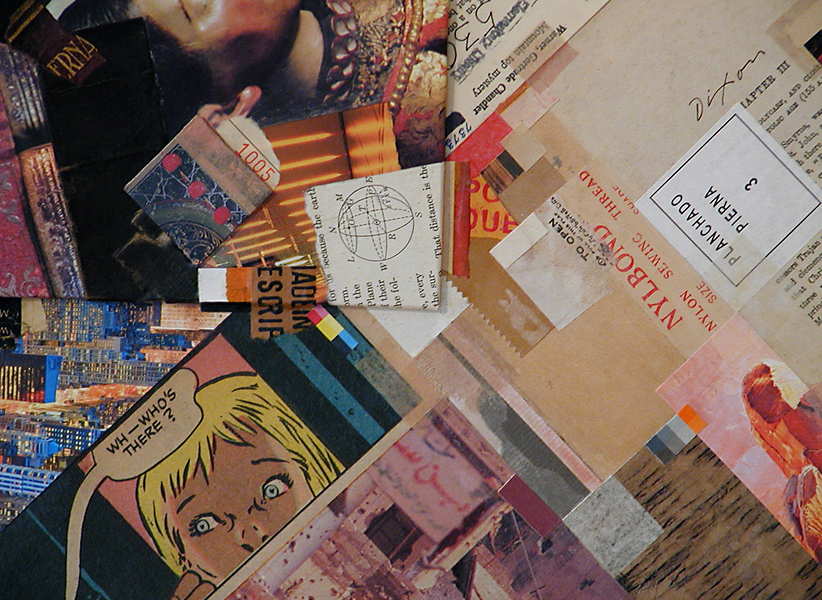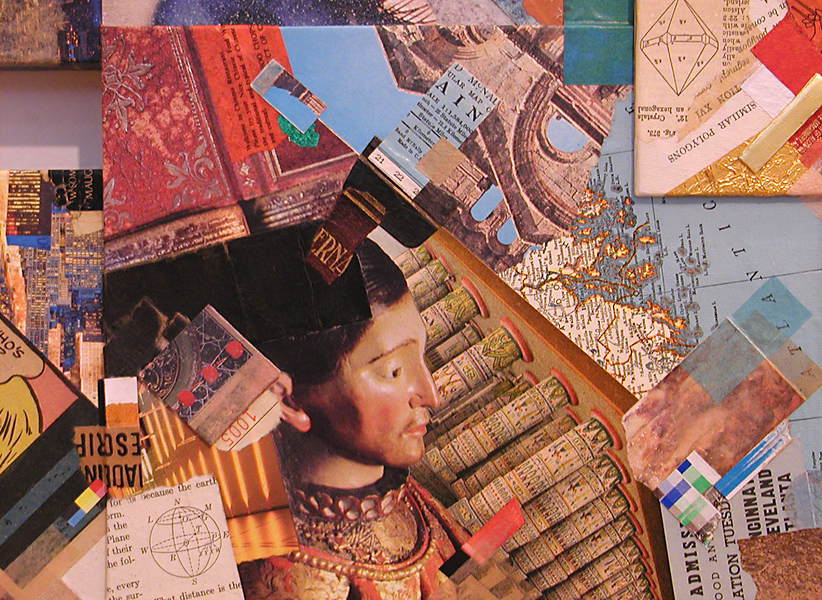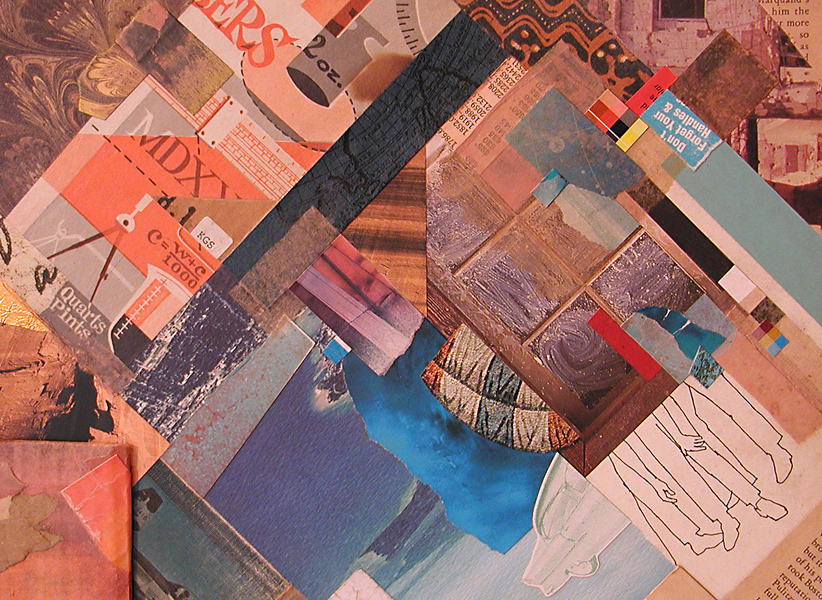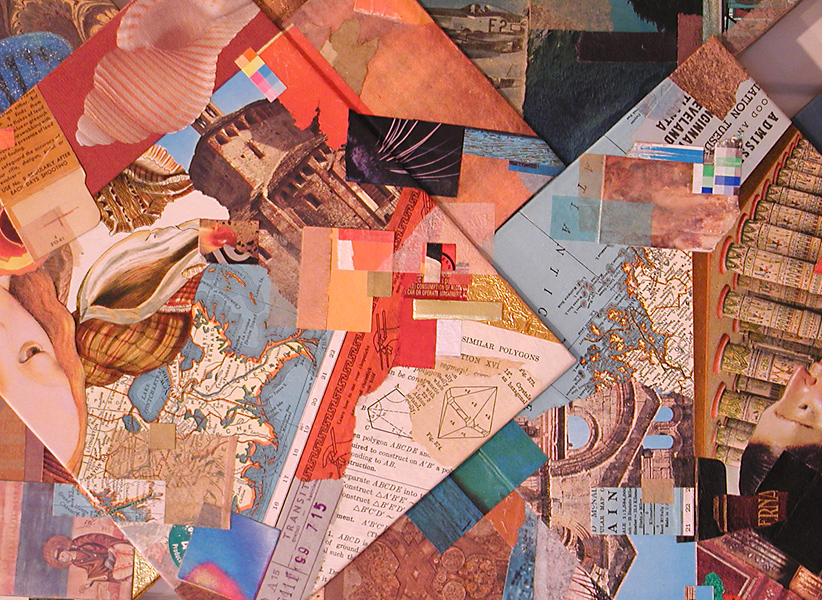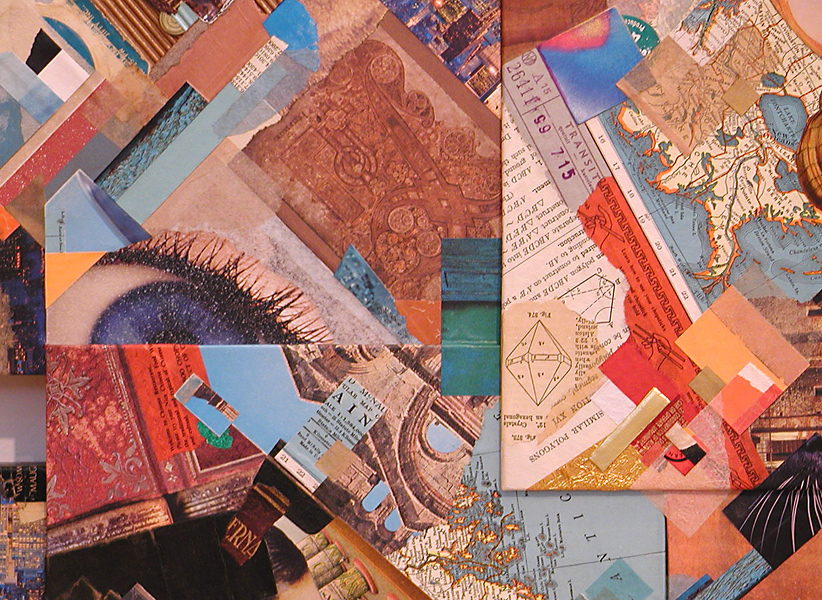“I have never let my schooling interfere with my education.”
— Mark Twain
My latest three-dimensional work, Good Morning, Mrs. Bradshaw, has been accepted for the new exhibition in the Kentucky Artisan Center at Berea — HAVE A SEAT: Chairs by Kentucky Artisans. Gwen Heffner wears many hats at the Center, and she keeps coming up with strong ideas to showcase regional talent. She is not only an outstanding curator, but has become a significant catalyst for high-level artisanship in the Commonwealth. Her semi-annual calls for entry compel creative people across Kentucky to accept challenges they might not otherwise consider.
I chose the medium of collage to repurpose a child’s classroom chair that came into my possession as I debated with myself about whether this was a show I should enter. I was provoked to explore a time, not so long ago, when there was a well-understood line between what pupils should read and what they should not. Its vintage design took my imagination back to the earliest years of my public school education, with its sharp contrast between scholastic prescriptions and my personal interests.
“Dos and don’ts” have always been a part of the classroom, but times have changed. Nowadays, a youngster can find superhero stories and graphic novels in the school library. The goal was to capture what I remember as the tension that came with meeting an expectation of obedience to assignments, but always preferring to devote my attention to playful escapes. I decided to “resurface” the object with found material and mixed media — alphabetical specimens, printed text, game cards, book illustrations, calendar images, songbook fragments — plus colorful scrap from comic books and the Sunday funnies.
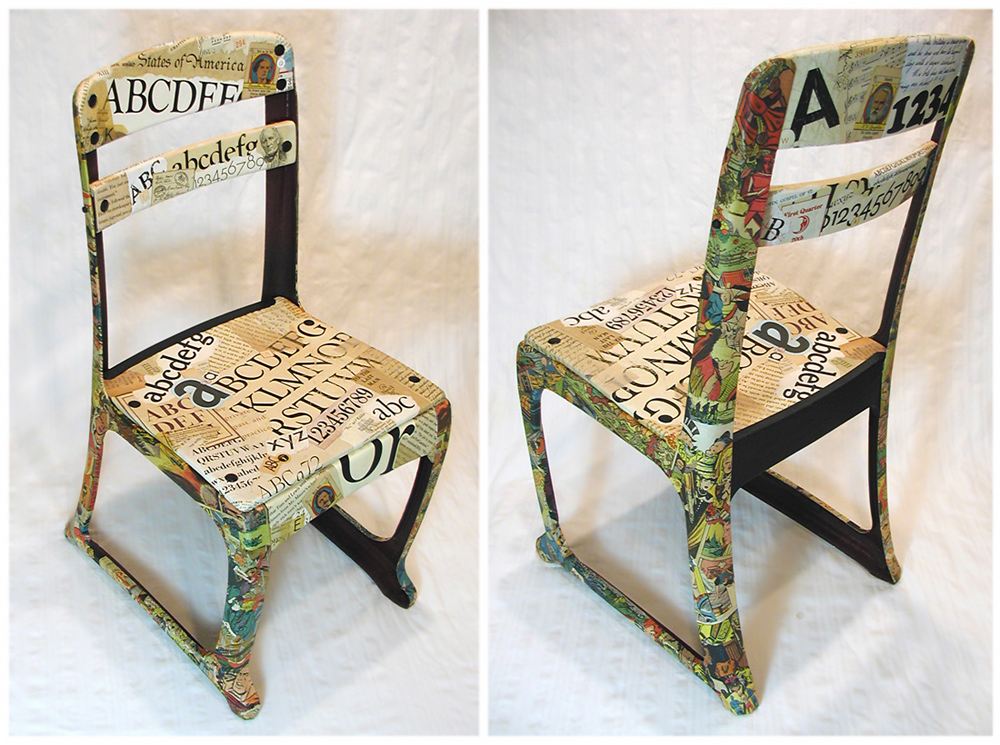
Good Morning, Mrs. Bradshaw
repurposed vintage classroom chair by J A Dixon
12 x 25 x 14 inches
